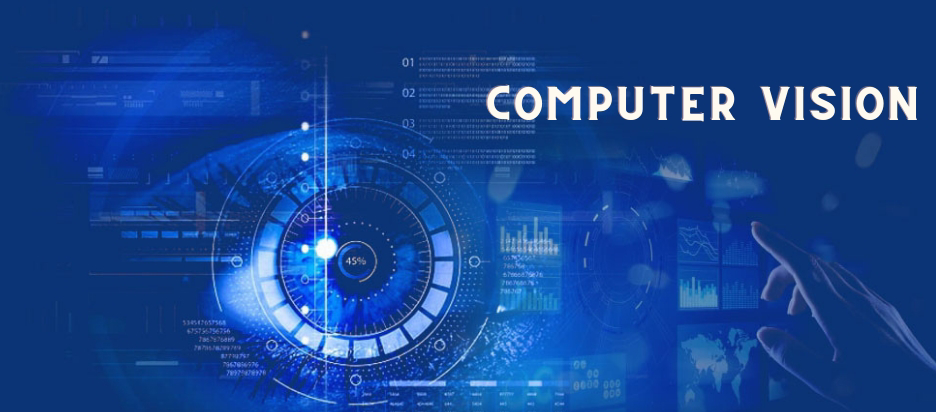Computer Vision?
Computer vision is a branch of artificial intelligence (AI) that focuses on developing algorithms and techniques to enable machines to interpret and understand visual data from the world around us.
With the advancement in computer processing power and the development of deep learning algorithms, computer vision has made significant progress in recent years, and is now widely used in various applications such as autonomous vehicles, facial recognition technology, healthcare, and many more. One of the significant challenges of computer vision is to enable machines to perceive and interpret the world in the same way as humans do. This means that computer vision algorithms need to be able to identify and recognize objects, understand their spatial relationships to one another, and interpret the semantic meaning of the scene. To achieve this, computer vision algorithms typically follow a pipeline that consists of several stages, including image preprocessing, feature extraction, object detection, and semantic segmentation.
The image preprocessing stage involves transforming raw image data into a format that is easier for a computer to process. This may include operations such as resizing the image, adjusting the brightness and contrast, and converting the image to grayscale. Feature extraction involves identifying critical features of the image, such as edges, corners, and textures, that can be used to differentiate objects from one another. Object detection involves using these features to locate objects in the image and then classifying them based on their appearance. Finally, semantic segmentation involves dividing the image into regions based on the objects and their relationships to one another.
One of the most prominent applications of computer vision is in autonomous vehicles. Self-driving cars rely on various sensors, including cameras, lidar, and radar, to perceive their surroundings and navigate through complex environments. Computer vision algorithms are used to detect and recognize objects on the road, such as other vehicles, pedestrians, and traffic signs, and to estimate their distance and velocity. This information is then used to plan a safe and efficient route for the vehicle.
Another important application of computer vision is in facial recognition technology. This involves using computer algorithms to analyze and identify faces in images or video footage. Facial recognition technology has become increasingly popular in recent years and is used in various applications, such as security systems and social media platforms. However, concerns have also been raised about the privacy implications of facial recognition technology, as it can be used to track individuals without their knowledge or consent.
Computer vision is also being used in healthcare to diagnose and treat medical conditions. For example, computer vision algorithms can be used to analyze medical images, such as X-rays and MRIs, to detect abnormalities and assist with diagnosis. They can also be used to monitor patients in real-time, such as by analyzing video footage to detect changes in a patient's gait or posture that may indicate a risk of falls.
In conclusion, computer vision is an exciting and rapidly evolving field that has the potential to revolutionize various industries. By enabling machines to interpret and understand visual data, computer vision algorithms can help to improve safety, enhance security, and advance medical research. However, it is crucial to consider the ethical implications of its use and ensure that it is used in a responsible and transparent manner.




